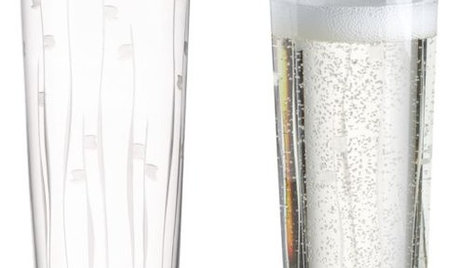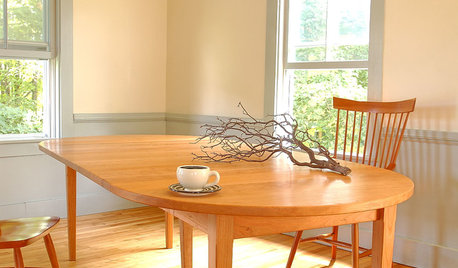Can I Save my 20+ year old Japanese Maple?
jwendol
16 years ago
Related Stories

TREESGreat Design Plant: Coral Bark Japanese Maple, a Winter Standout
Go for garden gusto during the chilly season with the fiery red stems of this unusual Japanese maple
Full Story
TREES11 Japanese Maples for Breathtaking Color and Form
With such a wide range to choose from, there’s a beautiful Japanese maple to suit almost any setting
Full Story
BASEMENTSRoom of the Day: Swank Basement Redo for a 100-Year-Old Row House
A downtown Knoxville basement goes from low-ceilinged cave to welcoming guest retreat
Full Story
GARDENING AND LANDSCAPINGGreat Design Tree: Japanese Maple
Lacy form and fiery fall color make Japanese maple a welcome tree for garden or patio
Full Story
GARDENING GUIDES12 Japanese Maples for a Sunny Garden
The right maple in the right place shines in hot summer sun
Full Story
MODERN HOMESHouzz Tour: 800-Year-Old Walls, Modern Interiors in Provence
Old architecture and new additions mix beautifully in a luxurious renovated vacation home
Full Story
UNIVERSAL DESIGNMy Houzz: Universal Design Helps an 8-Year-Old Feel at Home
An innovative sensory room, wide doors and hallways, and other thoughtful design moves make this Canadian home work for the whole family
Full Story
PRODUCT PICKSGuest Picks: 20 Bubbly Accessories for New Year's Eve
Take a cue from clinking champagne glasses and incorporate bubbles into every part of your home
Full Story
DECORATING GUIDESStrange but True Parallels Between Early Western and Old Japanese Style
Part 1 of our 'wabi-sabi' series: in which Shaker and Arts and Crafts designs reveal simplicity, modesty and integrity
Full Story
LIFEThe Polite House: How Can I Kindly Get Party Guests to Use Coasters?
Here’s how to handle the age-old entertaining conundrum to protect your furniture — and friendships
Full StorySponsored
Zanesville's Most Skilled & Knowledgeable Home Improvement Specialists
More Discussions


myersphcf
spruceman
Related Professionals
Paradise Landscape Architects & Landscape Designers · Tempe Landscape Contractors · Burlington Landscape Contractors · Cedar Hill Landscape Contractors · Estelle Landscape Contractors · Inglewood Landscape Contractors · Mashpee Landscape Contractors · Pleasant Grove Landscape Contractors · Pueblo West Landscape Contractors · River Ridge Landscape Contractors · Beaverton Fence Contractors · Corona Fence Contractors · Monrovia Fence Contractors · Sammamish Fence Contractors · Tavares Fence Contractorsgardengal48 (PNW Z8/9)
myersphcf
jwendolOriginal Author
gardengal48 (PNW Z8/9)
Stevenc46_hotmail_com